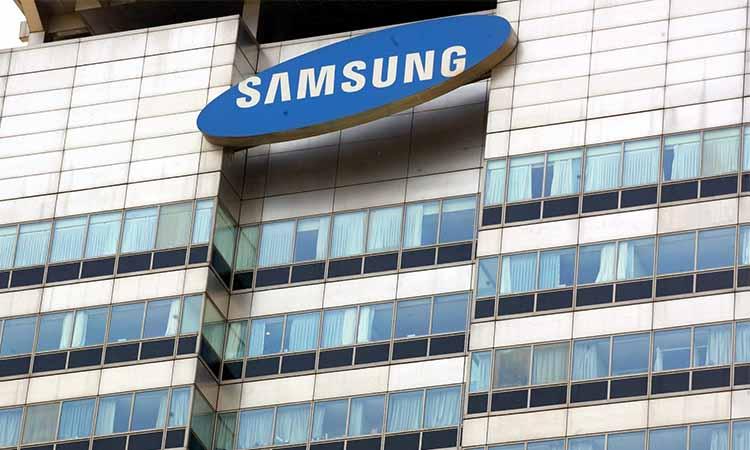Samsung Electronics lost its top spot in four major smartphone markets in Southeast Asia in the first quarter of the year, a report showed on Tuesday, as it faced intensified competition with Chinese brands in the region.
The South Korean tech giant logged a 19 per cent market share in Indonesia, the Philippines, Thailand and Vietnam in the January-March period, down from 22 per cent a year earlier and slipped to the runner-up spot, according to the latest report from market researcher Counterpoint Research.
Guangdong Oppo Mobile Telecommunications Corp., simply known as Oppo, claimed the top position from Samsung in the first quarter with a share of 22 per cent, up from 21 per cent a year earlier.
Also Read | Should China's top researchers face sanctions on suspicion of developing bioweapons?
Its Chinese compatriots took the No. 3-5 spots, with Vivo coming in third with a market share of 16 percent, followed by Xiaomi with 13 percent and realme with 11 percent. Apple Inc. ranked sixth with 6 percent.
Counterpoint Research said Samsung saw a 20 percent on-year increase in smartphone sales in the four countries, but its market share declined as Chinese makers expanded their presence, reports Yonhap news agency.
The combined smartphone market of the four Southeast Asian nations grew 34 percent on-year to 27 million units, Counterpoint Research data showed, with online sales expanding 72 percent from a year ago to represent 16 percent of the total sales.
Also Read | Now, two dozen bodies found on Ganga banks in UP's Ghazipur
Indonesia, the largest market among the four, saw a 41 percent on-year increase, while the Philippines became the second-biggest market after edging Vietnam with 50 percent on-year growth.


















